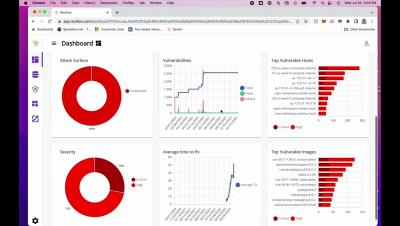A Guide to SBOM Formats
A software bill of materials – or SBOM – plays an important role in providing much-needed visibility into the details of software components and the supply chain. As an SBOM is developed, it should adhere to a format or standard that defines a unified structure for how it will be generated and shared with customers.






